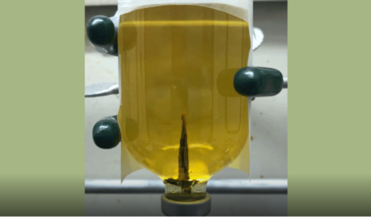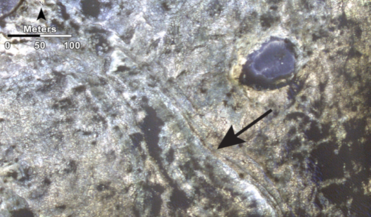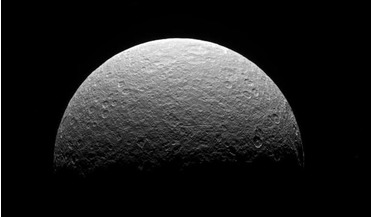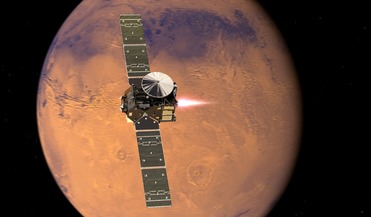 28 September 2016
Yorkshire mines to help shed light on life on Mars
28 September 2016
Yorkshire mines to help shed light on life on Mars
In preparation for searching for life on Mars, a PhD student is testing a powerful spectrometer that will be used on the ExoMars mission by exploring similar environments on Earth - and where best to look but deep underground in Yorkshire, England. ...
 04 March 2019
Does life grow like this elsewhere in the cosmos?
04 March 2019
Does life grow like this elsewhere in the cosmos?
...'s moon Europa and Saturn's moon Enceladus for example; both of which are suspected of having large liquid salt-water oceans beneath their frozen surfaces that are in contact with their seafloor. Not only that...
 07 October 2019
Salty rocks found by Curiosity supports theory that Mars once had vast lakes
07 October 2019
Salty rocks found by Curiosity supports theory that Mars once had vast lakes
A new study on salt-bearing sediments analysed by NASA’s rover Curiosity suggests that Gale crater on Mars was once home to salty ...
 05 February 2021
Hydrazine might be present on Rhea, new study says
05 February 2021
Hydrazine might be present on Rhea, new study says
... presence of an internal ocean layer or exogenic delivery by micro-meteoroids and/or asteroids that contain chlorine. Chlorine-based salts have been detected in plumes of Enceladus, another of Saturn’s icy moons, a finding which led to the suggestion...
 12 February 2021
Water vapour spotted escaping from Mars' atmosphere
12 February 2021
Water vapour spotted escaping from Mars' atmosphere
... from the University of Oxford, UK, one of the lead scientists of the discovery. The team suggest that dried up salts left over from evaporated oceans, are being lifted into the martian atmosphere by winds. The sodium...
 22 December 2021
Scientists present the first-ever analysis of samples retrieved from Ryugu
22 December 2021
Scientists present the first-ever analysis of samples retrieved from Ryugu
... at this stage, but the team think they could include candidates such as NH4 phyllosilicates, NH4 hydrated salts and/or nitrogen-rich organics. Not only do these volatile-rich species support Ryugu having preserved both...